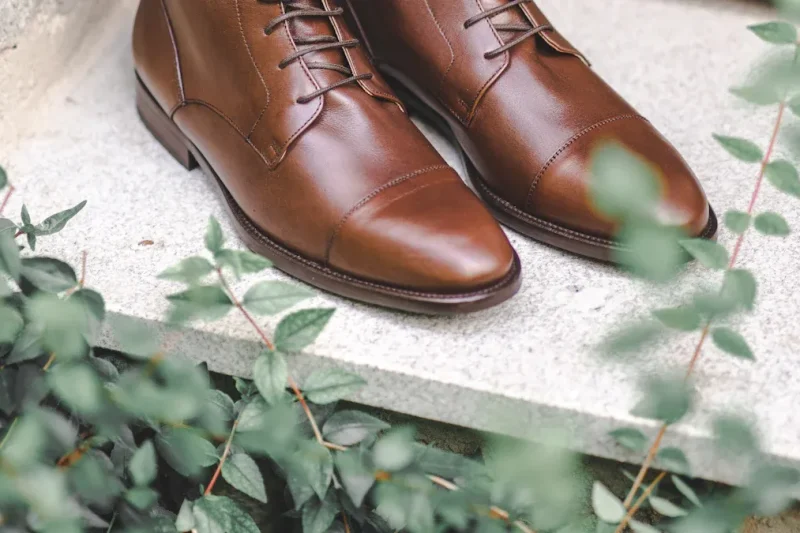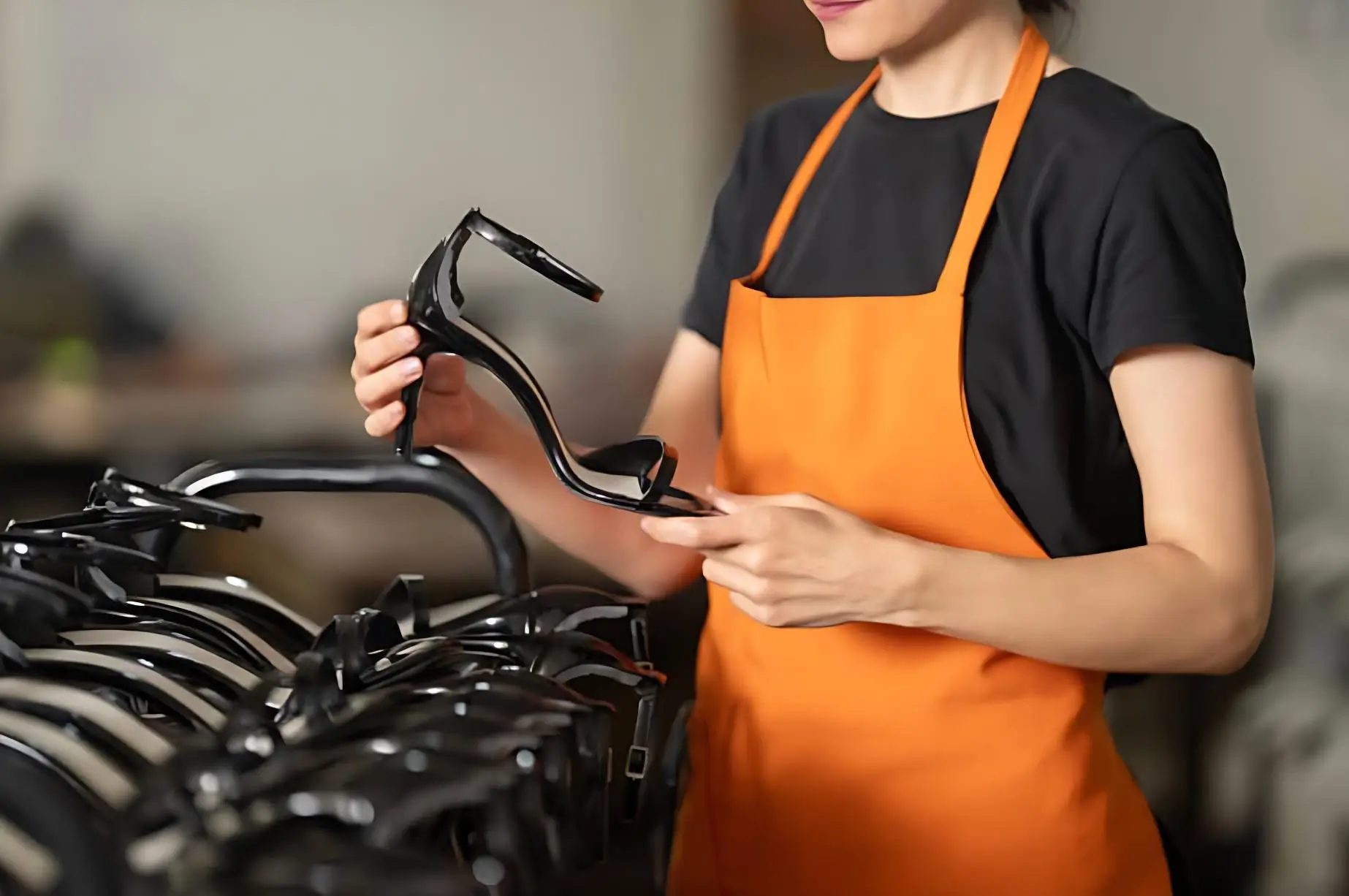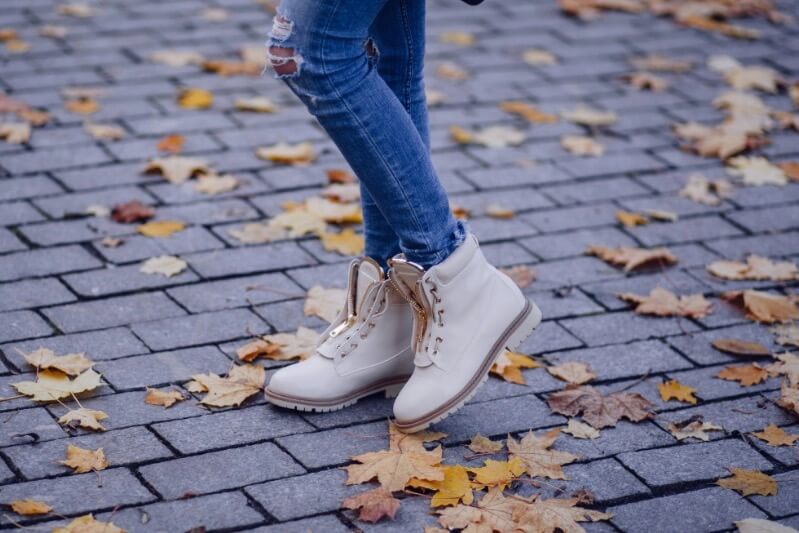You have a super concept for a shoe line. But turning that notion into a real product that humans really desire to buy? That’s the real challenge. And this is exactly where private label manufacturing can help you.
The process is pretty simple. You find a factory and partner with them to make shoes under your own brand name. We handle the headaches of production. You get to do what you’re good at: building your brand and selling your shoes.
This guide isn’t just theory. Think of it as a playbook for brand owners, buyers, and sourcing directors just like you. We will walk you through the entire process, step by step. You will learn how to get things done efficiently and how to avoid the expensive mistakes that so many new brands make.
Why Go Private Label? It’s Your Strategic Edge.
Choosing how to make your products is a huge business decision. For most new or growing brands, private label is the smartest way to build a profitable business.
More Money in Your Pocket.
When you work directly with a factory, you cut out the middlemen—the agents and the trading companies. Each of them adds their own markup to the price. Going direct can easily save you 15-20% on your sourcing costs. That extra profit goes straight to your bottom line for every single pair you sell.
Total Control Over Your Brand.
Your brand’s identity is everything. With private label, you make the final call on the design, the materials, the shoebox—everything. You are not just putting your logo on someone else’s shoe. You are building a unique asset that stands out in the market.
Real Customer Loyalty.
When customers can only buy your unique styles from you, they have a reason to come back again and again. You avoid getting stuck in a price war with dozens of other retailers selling the exact same product. You own the relationship with your customer.
Grow Your Business Smartly.
Want to test a new hiker boot? Or maybe a casual sneaker line? You can do that. You don’t need to spend a ton of money to build and run your own factory. This model lets you add new products as your business grows, not before.
A Quick Reality Check: The Real Challenges
Let’s be real for a minute, though. Being successful means being prepared. Smart brands know about these challenges and they plan for them from day one.
You Need Money Upfront.
You have to be ready for the initial costs. This includes paying for the design work, creating expensive sole molds, producing several rounds of samples, and funding your first full production run (this is your Minimum Order Quantity, or MOQ).
The Quality Is on You.
Your brand’s name is on that shoe. If there are quality problems, customers will blame your brand, not the factory. This is why finding a partner with a tough, well-documented quality control system is absolutely non-negotiable.
You Depend on the Factory.
Your production schedule is their production schedule. Their factory’s capacity is your brand’s capacity. The only way to make certain you hit your launch dates and hold products in stock is with clear, constant verbal exchange and appropriate planning.
The 6-Step Process for Success
Step 1: The Blueprint (Get Your Plan Straight)
Before you even ship your first electronic mail to a factory, you need a stable plan. Good manufacturers are busy. They only take well-prepared brands seriously.
First, you need to focus. Nail down your specific niche. Don’t attempt to make shoes for everybody. Are you developing a high-performance going for walks shoe, or a line of sustainable, vegan sneakers? A tight focus makes your marketing a lot easier. Go study your competitors, see what’s trending, and most importantly, find a real problem that your shoe can solve for customers.
Next, you need to choose your path: OEM vs. ODM. It’s a easy choice.
OEM (Original Equipment Manufacturer): This capability you supply the manufacturing unit a complete, detailed design. Their only job is to build it perfectly. Choose this path if you have a strong design team.
ODM (Original Design Manufacturer): This potential the factory already has a library of shoe designs that they understand how to make well. You choose a graph you like and then customize it with your logo, colors, and materials. This is a top notch choice if your fundamental purpose is to get to market fast.
Finally, you must create your Tech Pack. This is the single most important document you will create. A professional factory won’t even talk to you without one. Think of it as the bible for your shoe. It has to include everything: your listing of materials, how the shoe ought to be built, plan drawings with unique Pantone shade codes, the place your logos go, and your full sizing range.
Step 2: Sourcing (Find the Right Partner)
Knowing where to appear for a manufacturing facility is a massive advantage. China is still a giant in the footwear world. But countries like Vietnam and Indonesia are powerhouses now, especially for athletic shoes. For high-quality leather goods, many brands look to India or Brazil.
So how do you find them? Websites like Alibaba can be a good place to start your research.
But the best way, without a doubt, is to go to industry trade shows. Shows like MICAM in Milan or FN Platform in Las Vegas are amazing. You can meet manufacturing facility owners face-to-face, hold their products in your palms to see the quality, and construct a real relationship. A personal referral from someone you trust in your network is also as good as gold.
When you have a brief list of conceivable factories, ask them these questions:
Do you specialize in making my sort of shoe (e.g., leather boots, walking shoes)?
Can you handle my order size now, and can you grow with me?
What are your quality systems? (You can ask if they are ISO 9001 certified).
If they are slow to reply or provide you vague options now, it is a huge crimson flag for the future.
Step 3: Due Diligence (Verify Everything)
This is the step the place you shield your cash and your brand’s name.
Ethical sourcing is now not non-obligatory anymore. Your customers care. Ask the manufacturing facility for their social compliance certifications, like WRAP or BSCI. These certificates suggest the manufacturing facility has been independently audited for things like fair labor and employee safety. Don’t just take their word for it; ask to see the actual audit report from the last year.
Then, you need to confirm they can actually make a high-quality product. A professional factory has quality checks at every stage: when materials arrive, during assembly, and a final inspection. Tell them you plan to hire your own third-party inspection company to check the goods before they ship. A good, confident factory will welcome this.
Step 4: Prototyping (Make It Real)
The sampling stage is the place your notion in the end becomes a bodily product you can hold. It’s a cycle of creating, testing, and making it better. You will go through a few different samples, from a rough first prototype to a sample you use to check the fit. The final, perfect version is called the Pre-Production Sample (PPS).
Here is the golden rule of manufacturing: Do not approve mass production until you are 100% happy with that final PPS. That sample is the gold standard. The factory will use it to make your entire order.
Step 5: The Agreement (Protect Your Business)
Trust is good. A contract is better. You need a legal document to protect you from risk. Always use a lawyer who has experience with international manufacturing contracts.
Your contract needs to cover everything: the pricing, the payment terms, the production timeline. It should also state that the approved PPS is the official quality standard.
And this part is non-negotiable: protect your Intellectual Property (IP). Your designs are your brand’s most valuable asset. The contract must clearly state that you own all the trademarks and designs. It should include a Non-Disclosure Agreement (NDA). And it should have a clause that says you are the sole owner of any custom sole molds that you paid for.
Step 6: Production and Beyond
Your first order is simply the beginning. The real aim here is a long-term, strategic partnership.
During the manufacturing run, ask for normal updates. And never, ever skip the final inspection. Spending a few hundred dollars on a third-party inspector can save you from losing thousands on a bad batch of shoes.
After that, just be a good client. It’s really that simple. Tell them your plans for the next season, share your sales forecasts, and pay your bills on time. This makes you a priority partner. You become the kind of brand a factory wants to help and grow with.
Frequently Asked Questions
1. What is the single most important document I need to prepare before contacting a shoe manufacturer?
Without a doubt, it is the Tech Pack. A professional tech pack is the master blueprint for your shoe. It should include everything from detailed design drawings with Pantone color codes to a full list of materials, construction methods, and your sizing range. A well-prepared tech pack shows that you are a serious buyer and is the foundation for getting an accurate quote and a high-quality sample.
2. I’m a new brand. How can I manage the Minimum Order Quantities (MOQs)?
This is a common challenge for new brands. The key is to find a flexible manufacturing partner. While some large factories have very high MOQs, many experienced manufacturers (like Jinhua Shoes) are willing to work with smaller, trial order quantities for new clients. Don’t be afraid to discuss your needs and your growth plan with a potential partner.
3. What is the most common mistake new brands make when it comes to quality control (QC)?
The most common mistake is relying solely on the factory’s internal QC team. While a good factory will have its own QC, you must always hire your own independent, third-party inspection company to conduct a final random inspection before you pay your final balance. This is your ultimate insurance policy and gives you the leverage to ensure you get the quality you paid for.
Ready to Take the Next Step?
Partnering with a private label shoe manufacturer is a smart move. It gives you control over your product, your brand, and your profits. As we’ve explored, success comes from doing your homework—from creating a detailed tech pack to carefully vetting your potential partners. By focusing on clear communication and protecting your IP with a strong contract, you can effectively turn your vision into a scalable and profitable footwear brand.
At Jinhua Shoes, we don’t just take orders; we build partnerships. Since 2004, from our home in Wenzhou, China’s shoe capital, we’ve been the trusted OEM & ODM engine behind leading brands across five continents. We combine our passion for the process with a proven track record of success.
If you’re ready to move from just an idea to real action, our team of footwear specialists is here to help. We can review your concept and guide you through the entire process, from the tech pack to the final delivery.
Got a project in mind? Let’s turn it into reality. Send your project details to our expert team by email to start the conversation.
📧 Email: sales@jinhuashoes.com
(You’ll get personalized expert feedback within 12 hours.)



